1. Instrumentation Power Supply
1.1 Power Supply Provision
Independent Power Setup: Critical instruments or instrumentation systems are equipped with dedicated uninterruptible power supplies (UPS). This ensures continuous power during unexpected outages in the main power grid, safeguarding data integrity and preventing equipment shutdown. For instance, essential monitoring instruments in production processes are supported by UPS to maintain consistent data flow.
Distribution from Power Panels: Power for instrumentation equipment is distributed from the main power panel via dedicated circuits. These circuits are allocated based on the location and power needs of each instrument or control cabinet. For instance, in large-scale plants, instruments across different workshops have dedicated power circuits for efficient distribution.
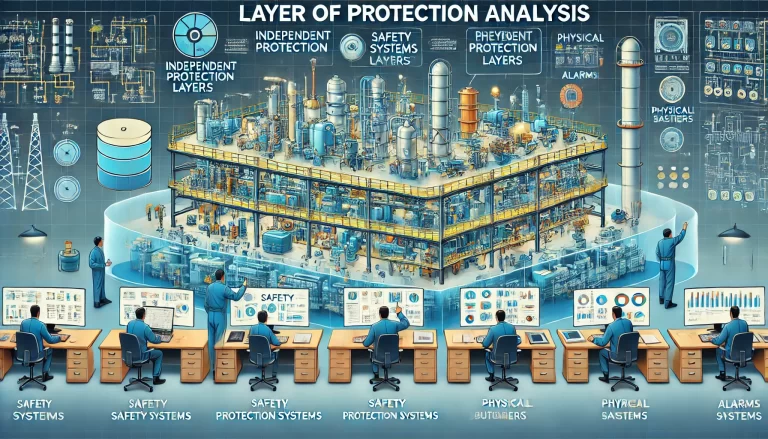
1.2 Power Supply Maintenance
Routine Inspections: Instrumentation maintenance personnel are responsible for the daily inspection of power supply lines, plugs, sockets, and power modules. During inspections, they look for signs of looseness, overheating, or damage, promptly identifying and addressing potential power-related faults to prevent system failures.
Troubleshooting: When instrumentation experiences power-related issues (e.g., insufficient power causing display anomalies), technicians should accurately diagnose whether the issue stems from power line faults, power module issues, or the main distribution panel. Proper troubleshooting is essential to ensure effective and timely repairs.
1.3 Power Adaptation
Voltage Matching: To meet the specified voltage requirements of each instrument, technicians must ensure the provided power supply matches the rated voltage. For example, instruments requiring 24V DC need a converter to step down or transform the standard grid power to precise 24V DC.
Power Capacity Matching: The power capacity must be configured based on both normal and peak operation loads. This avoids power shortages during operation or overloading situations that may lead to equipment damage or shortened lifespan.
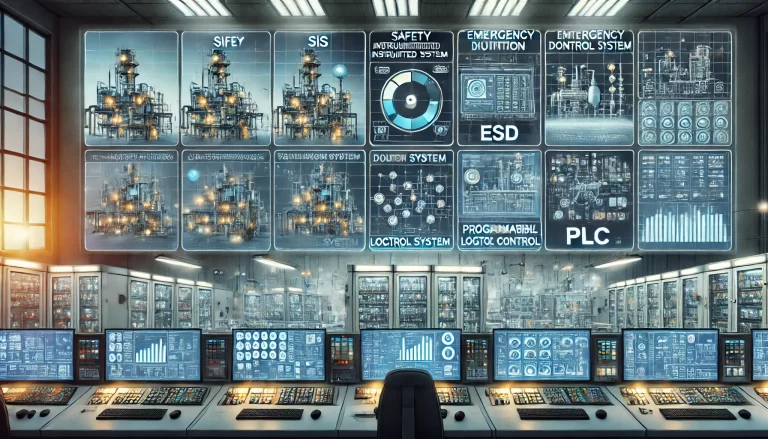
2. Electrical Power Supply
2.1 Power Supply Provision
Primary Power Connection: The electrical system connects the primary power from the grid or in-house generation equipment, distributing it via the main distribution panel. In large facilities, multiple power sources are typically connected to ensure reliable power availability.
Differentiation of Power Circuits: Power is divided into separate circuits for machinery (driving motors and other high-power equipment) and lighting (for lighting fixtures), each with its own distribution cabinet. For instance, in industrial workshops, the motor-driven equipment draws power from the main power distribution panel, while lighting circuits supply illumination fixtures.
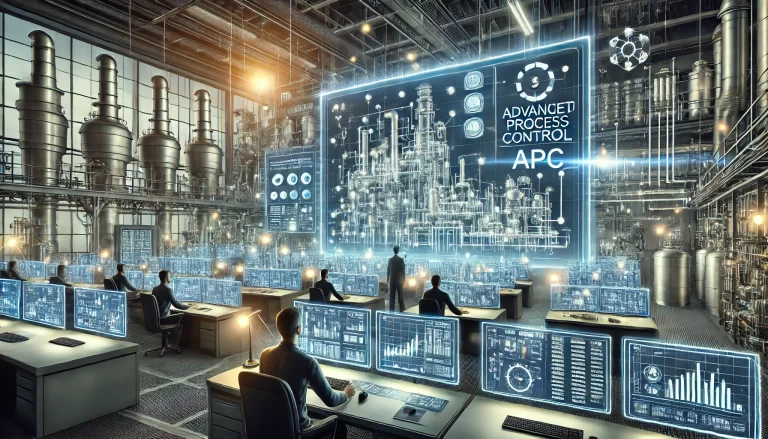
2.2 Power Supply Maintenance
Equipment Maintenance: Electrical maintenance staff should regularly inspect the main distribution cabinet, sub-distribution panels, and any transformers. Maintenance tasks include checking for stable operation, insulation integrity, and secure wiring connections, ensuring the reliable operation of power distribution equipment.
Line Maintenance: Power lines from the main connection to individual equipment require regular inspection and maintenance. Any signs of damage, such as wear, short circuits, or open circuits, should be promptly repaired to maintain safe and consistent power delivery.
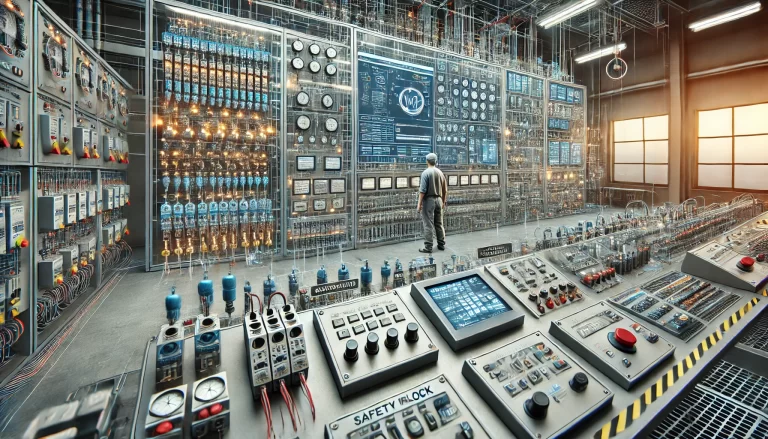
2.3 Power Management
Load Management: Monitoring the electrical load is essential to prevent issues like system overloads or blackouts. For instance, in factories, planning the start-up sequence of large motors can help distribute the load more evenly, avoiding excessive demand peaks.
Emergency Preparedness: Establish an emergency response plan for power outages or failures, detailing steps for a rapid switch to backup power (if available). This is critical to ensuring the prompt resumption of power for ongoing production and operational activities.
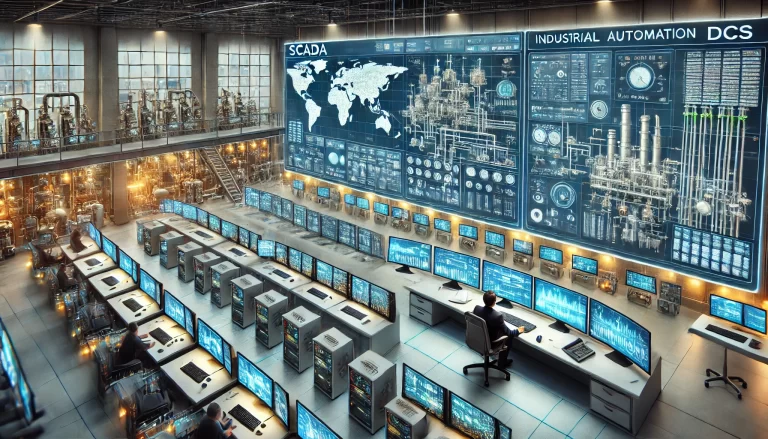
3. Coordination Between Instrumentation and Electrical Power Responsibilities
In real-world applications, the boundaries between instrumentation and electrical power responsibilities can overlap. For example, when sharing a distribution cabinet, effective communication and coordination between the instrumentation and electrical teams are essential to balance power needs and maintenance duties. By working closely, both teams can ensure consistent and reliable power for all operational needs.
